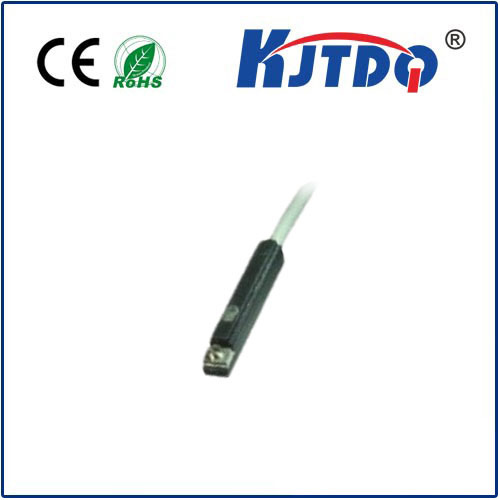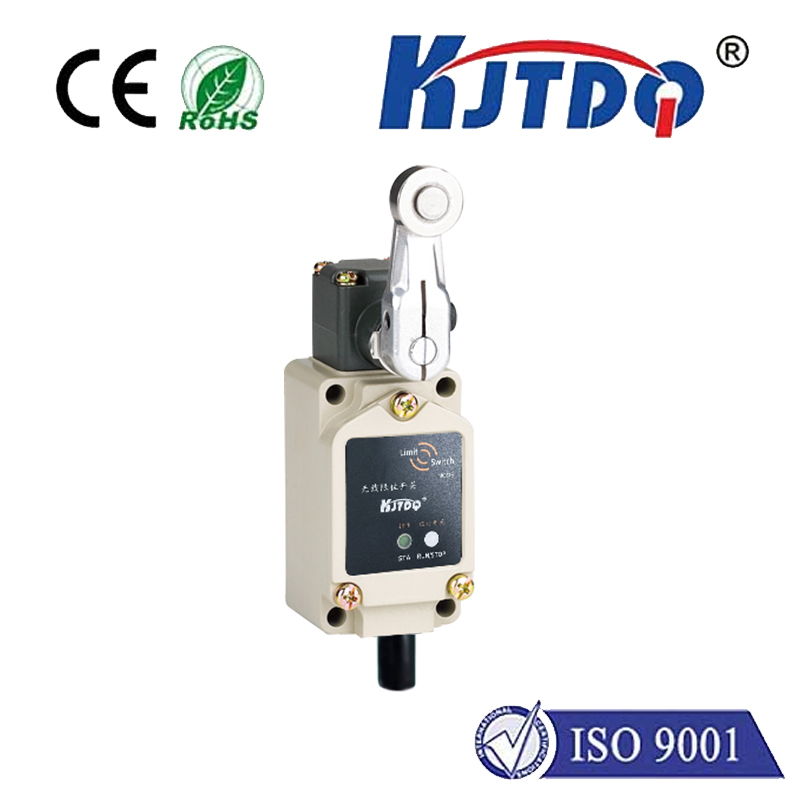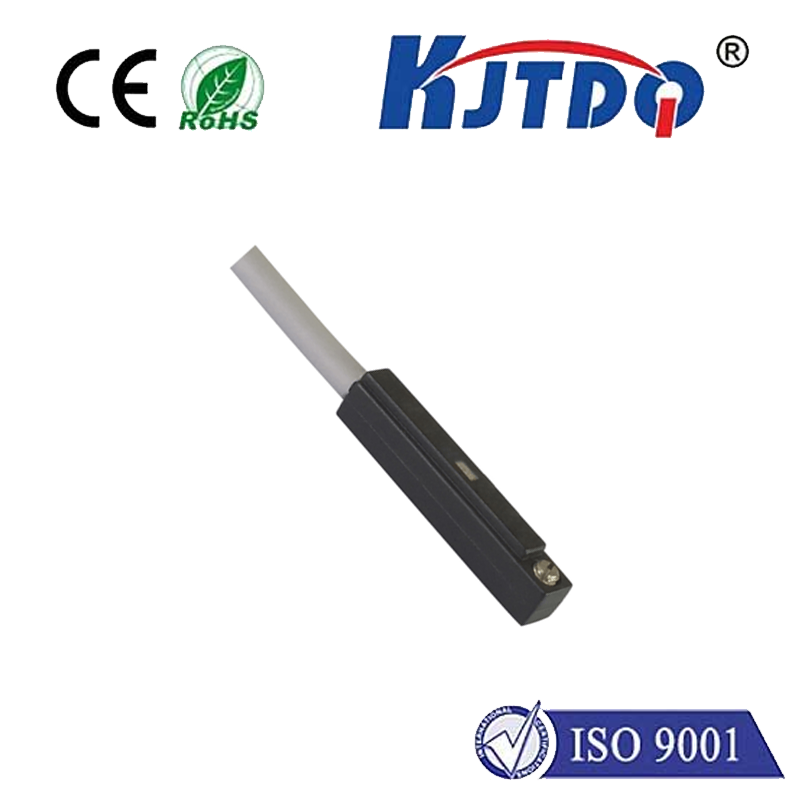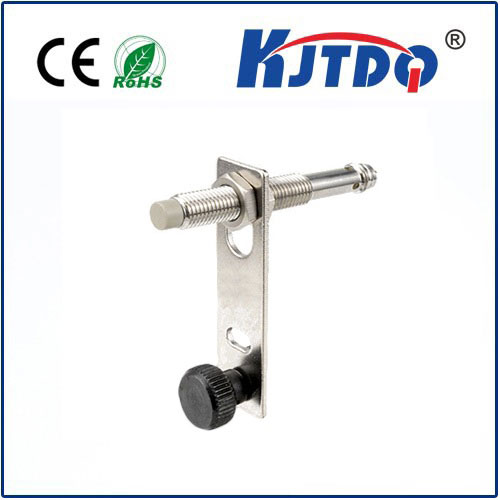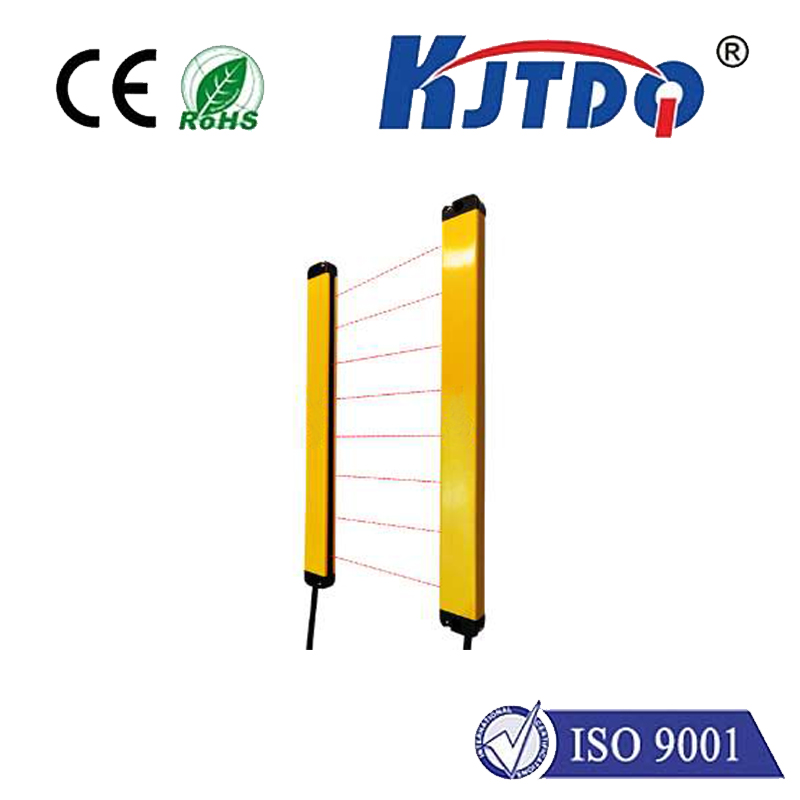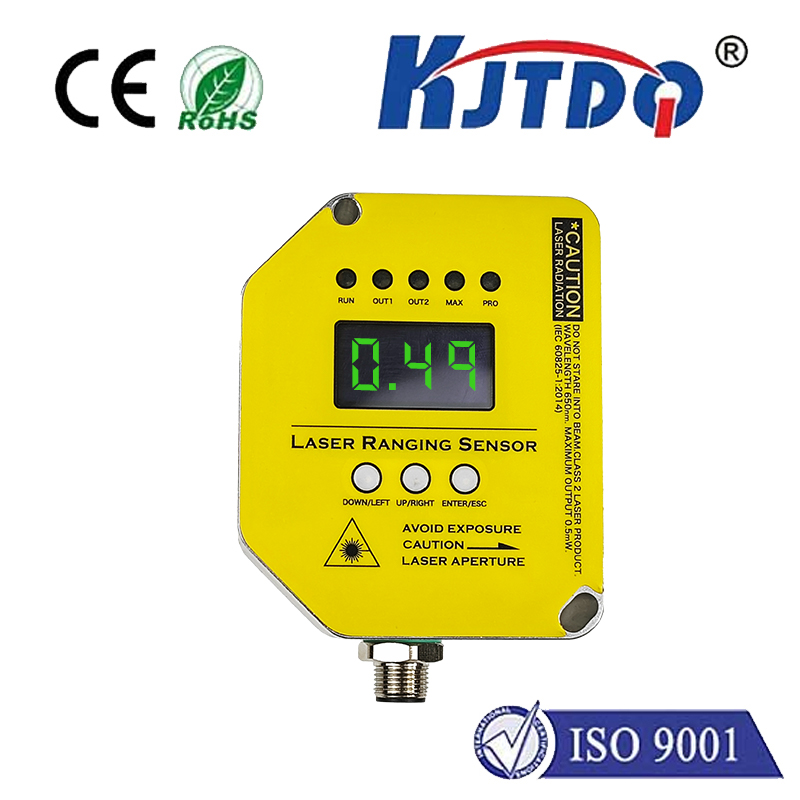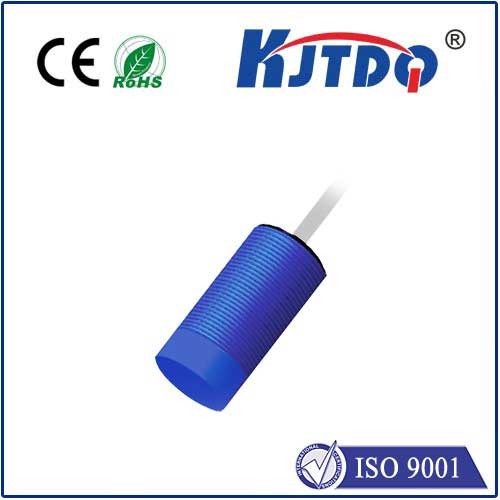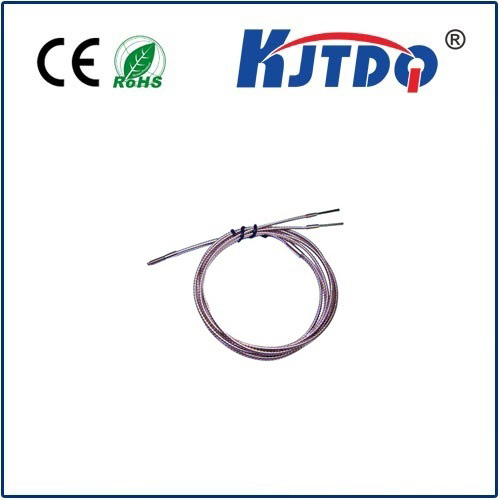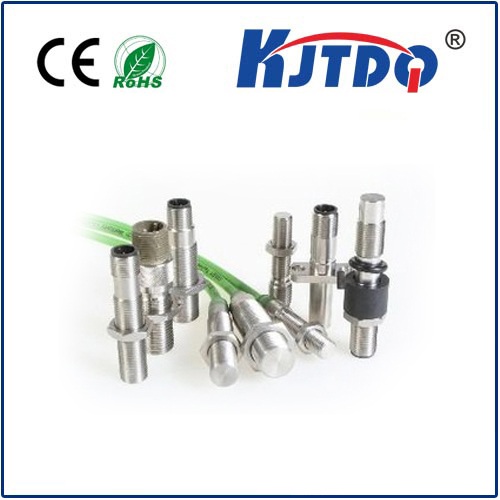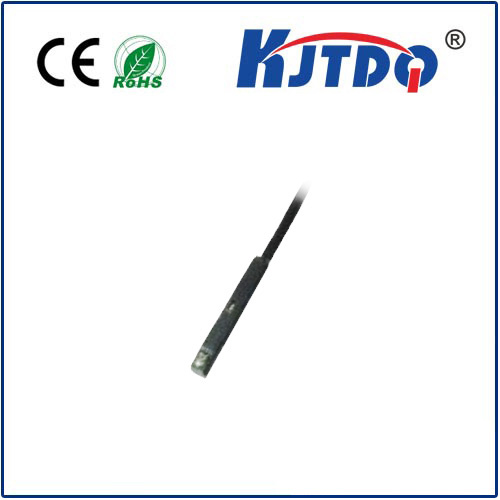
check

check

check

check
In today’s industrial and commercial environments, efficiency and automation are key priorities. One essential component that plays a crucial role in achieving seamless operations is the 120V proximity switch. This guide delves into what a 120V proximity switch is, its applications, advantages, and how it can transform your automation systems.
A proximity switch is a type of electronic sensor used to detect the presence or absence of an object without physical contact. The term 120V refers to the standard voltage rating of the switch, making it suitable for a variety of electrical systems. These switches operate based on principles such as capacitive, inductive, or magnetic fields to sense objects in close proximity. When an object comes within the sensor’s range, the proximity switch generates an electrical signal, typically a change in voltage or current, which can then be used to control machinery or trigger other automated processes.
The versatility of 120V proximity switches makes them invaluable across various industries. Here are some common applications:
Automated Manufacturing: In manufacturing plants, these switches are used to detect the position of components on conveyor belts, ensuring precise placement and timing.
Packaging Systems: They help monitor the flow of products through packaging lines, ensuring that each item is correctly positioned before sealing or wrapping.
Material Handling: Proximity switches are crucial in forklift safety systems, helping to prevent collisions by detecting obstacles or load positions.

Hydraulic and Pneumatic Systems: They control the movement of cylinders and valves, ensuring accurate and safe operation of machinery.
Elevators and Escalators: Ensure safe operation by detecting if doors are fully closed or if there are obstructions in the path.
Durability and Reliability: Unlike mechanical switches that wear out over time, proximity switches offer a longer service life with less maintenance required.
Non-contact Operation: This reduces wear and tear on both the switch and the objects being sensed, leading to lower operational costs.
High Precision: Proximity switches provide highly accurate detection, which is critical for applications requiring tight tolerance controls.
Versatility: Compatible with a wide range of materials and environments, including those that are harsh or hazardous.
Quick Response Time: Essential for high-speed applications where immediate detection is necessary.
While installing and maintaining 120V proximity switches, consider the following tips for optimal performance:
Environment Consideration: Choose the right type of proximity switch (capacitive, inductive, etc.) based on the environment it will operate in (e.g., dusty, humid, or chemically corrosive).
Proper Mounting: Ensure the switch is securely mounted to avoid any vibrations or movements that could affect its accuracy.
Regular Calibration: To maintain precision, regularly calibrate your proximity switch according to the manufacturer’s guidelines.
Check Wiring: Ensure all wiring connections are secure and free from damage to avoid signal loss or erratic performance. In conclusion, the 120V proximity switch stands as a cornerstone technology in modern automation and control systems. Its non-contact operation, reliability, and precision make it indispensable across various industries. By understanding its applications and maintaining it properly, businesses can significantly enhance operational efficiency and safety. Invest in quality proximity switches and experience seamless automation in your systems today.
